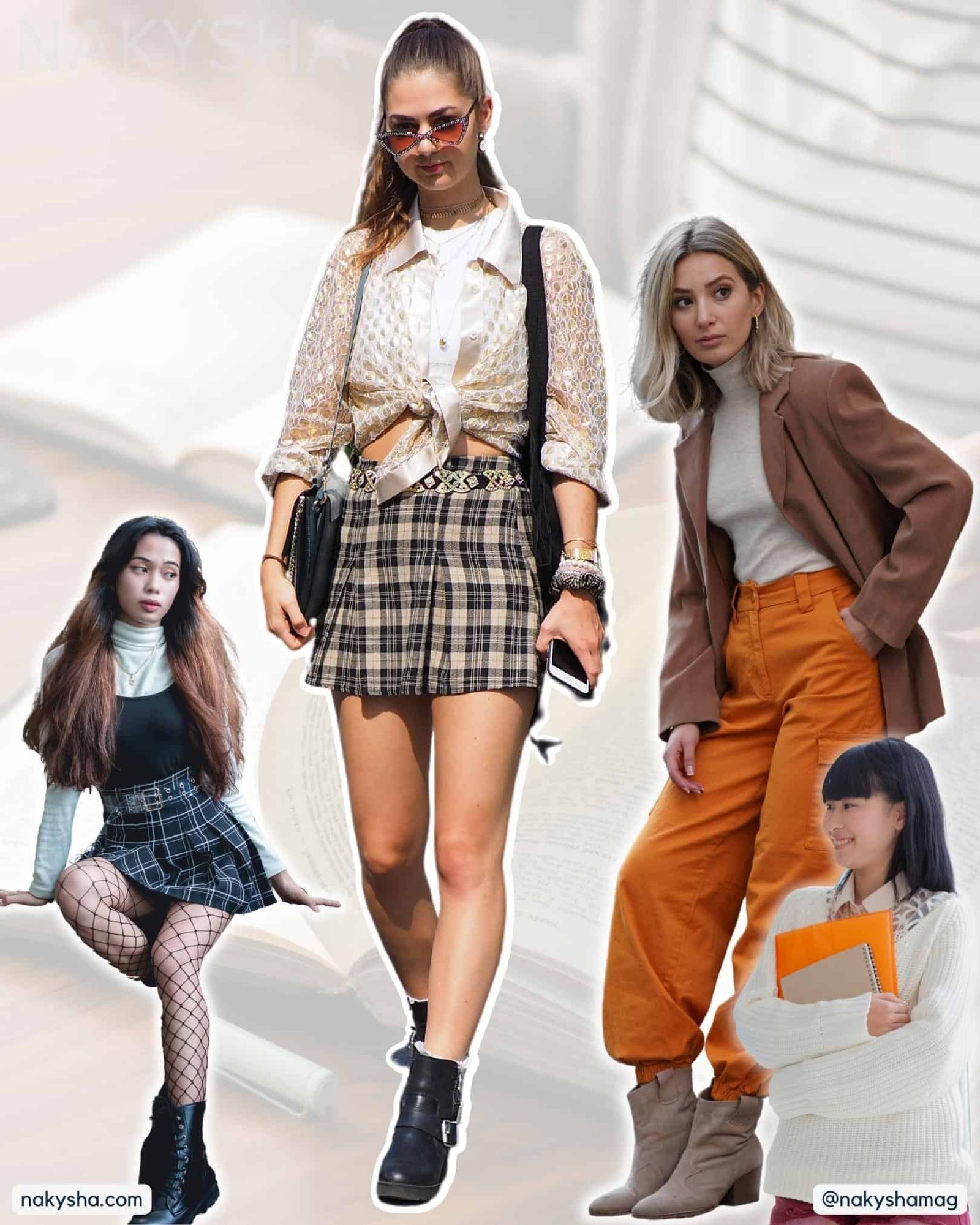It’s no surprise that many working women prefer an academic look that is often seen as professional. I wear tweed blazers and loafers because they are classic pieces that help me look confident and knowledgeable.
Academia fashion can also be a way for women to break away from traditional or stereotypical office fashion, such as high heels and pencil skirts. It can be a comfortable and practical style that allows women to move and work more freely while still looking professional.
Academia fashion has become increasingly popular over the last few years, But what exactly is Academia fashion?
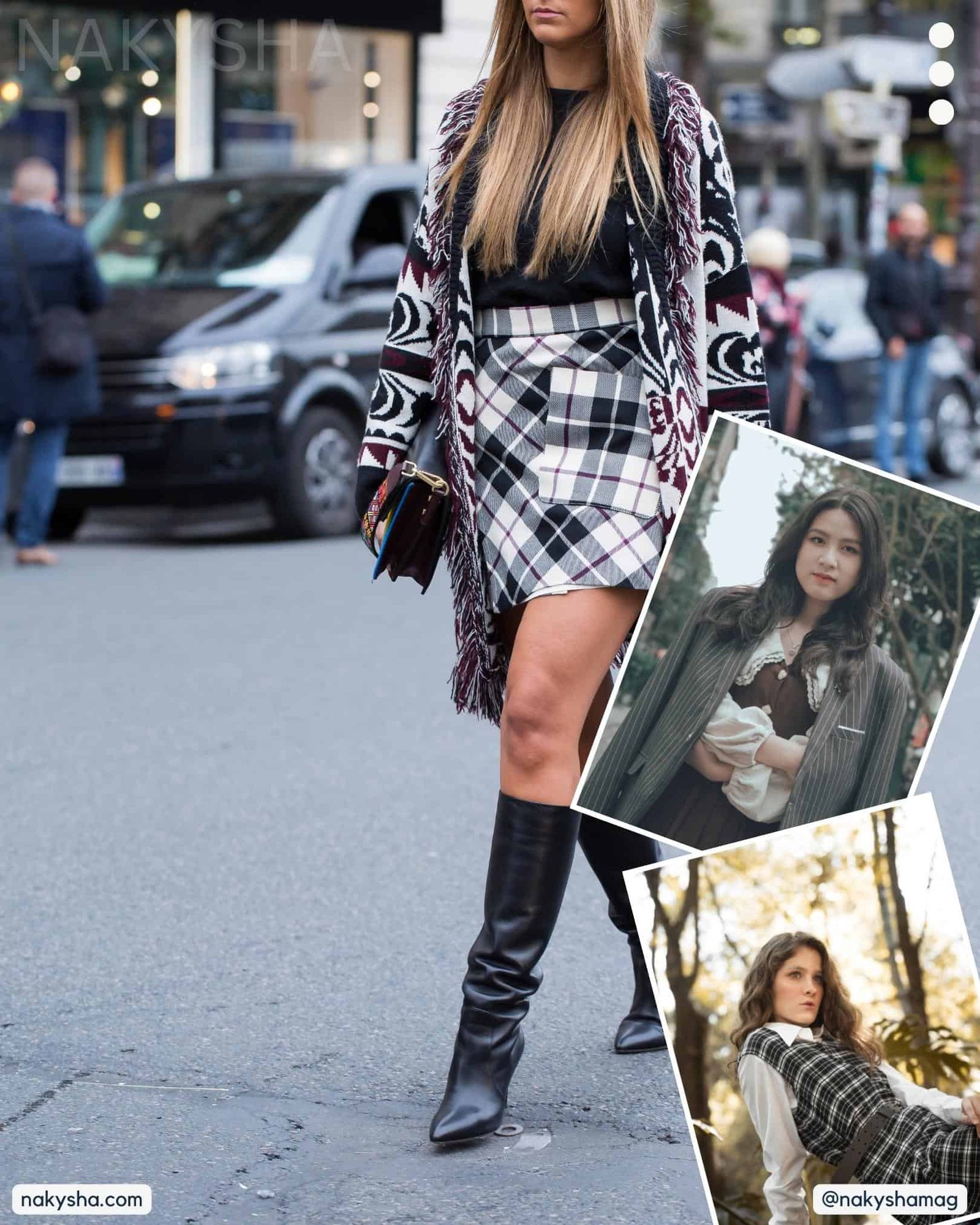
In this article, we will talk about everything you need to know about this trendy style of clothing, from basics like its origin and critical elements to advice on how to put together an academic-inspired outfit.
What is Academia Fashion?
What we call “academia fashion” is the look that is currently trending amongst those who work and study in schools of higher learning. There are some commonalities regardless of location, the field of study, or individual preferences.
In the academic world, it’s common to see students dressed in clothes that are easy to move around in and suitable for standing or sitting for long periods. Blazers, cardigans, collared shirts, pants, skirts, dresses, and sneakers are all fair game. While there is some variety in the colors and patterns, they are typically more muted and traditional.
In the arts and humanities, for example, students may feel more comfortable expressing themselves through their clothing. In others, like the legal or business worlds, the tone may be more serious and professional.
Academia fashion strikes a balance between ease of wear and professionalism while being casual and relaxed.
The Meaning of Academia Fashion
The meaning of academia fashion style often emphasizes practicality, comfort, and professionalism while allowing individual expression and creativity.
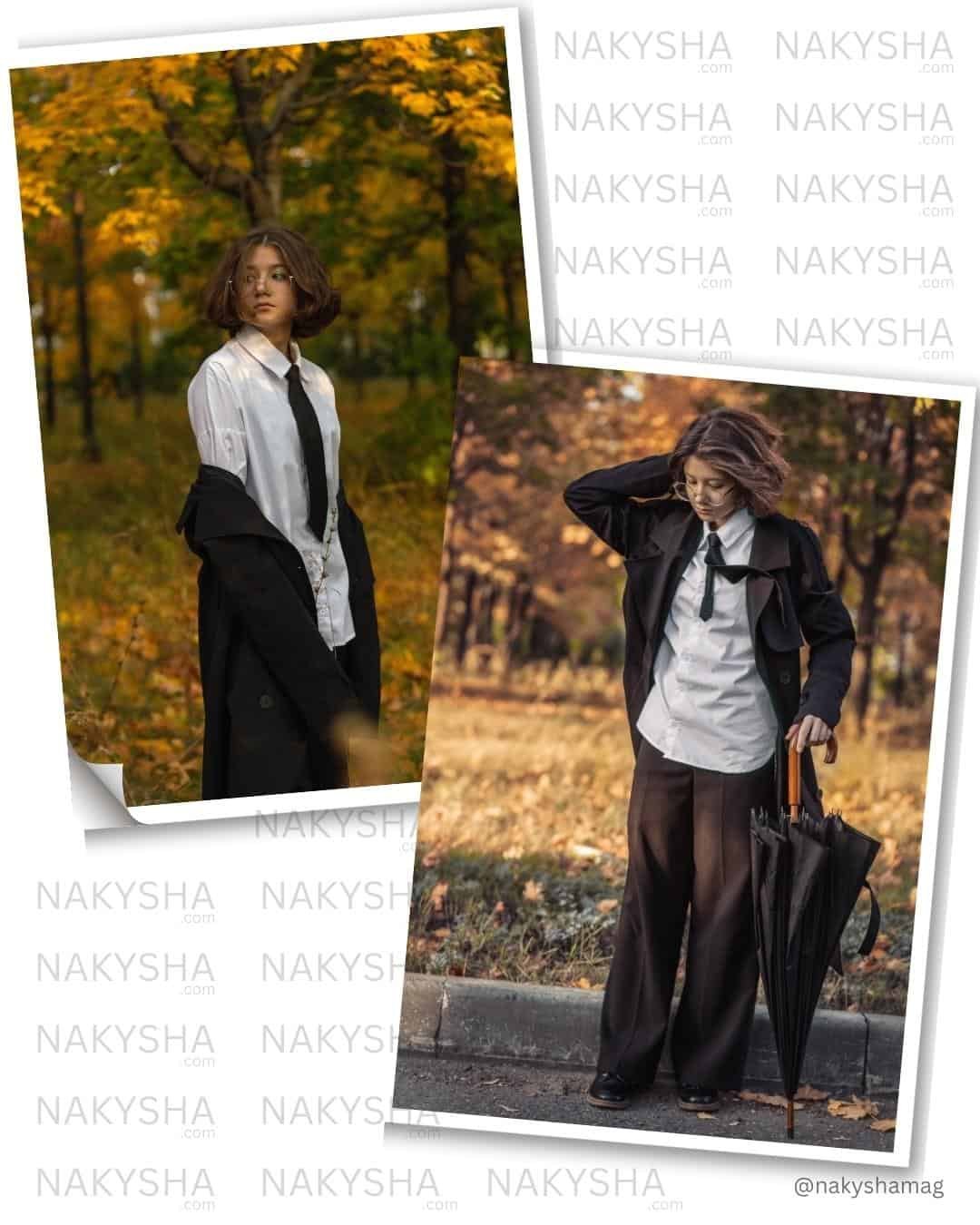
Academia fashion is a style that allows individuals to express themselves while maintaining a professional appearance.
It is a blend of practicality and style designed to help individuals feel comfortable and confident while pursuing their academic goals.
Types of Academia Fashion
Academia fashion can be broken down into a number of unique subcultures. They are:
Light Academia is a fashion trend inspired by classic and romantic styles. This style is characterized by soft colors such as cream, beige, and pastels and flowing, feminine fabrics like silk, lace, and chiffon.
Light academia often features elements of vintage and Cottagecore styles, including floral prints, knitwear, and delicate jewelry. This style is associated with a love for literature, art, and nature.
Dark Academia is a fashion trend characterized by a darker color palette, including black, navy, and burgundy. This style is often associated with gothic and romantic styles and includes tailored blazers, high-waisted trousers, and oxford shoes.
Dark academia is often accompanied by a love for classical literature, art, and history and is frequently associated with intellectualism and a passion for learning.
Romantic Academia is a fashion trend that is inspired by the romantic styles of the past. This style is characterized by feminine and elegant pieces, such as ruffled blouses, lace dresses, and vintage-inspired jewelry.
Romantic academia is often accompanied by a love for literature, art, and history and is associated with a romantic and nostalgic sensibility.
Chaotic Academia is a fashion trend characterized by a more eclectic and individualistic approach to fashion. This style often features bold prints, clashing colors, and unconventional silhouettes. Chaotic academia is often associated with a love for experimentation, creativity, and individuality.
Art Academia is a fashion trend that is inspired by the art world. This style is characterized by bold prints, colorful accessories, and unconventional silhouettes. Art academia often features unique pieces inspired by contemporary art and design and is frequently associated with a love for creativity and innovation.
What is the Origin of Academia Fashion?
The origins of Academia fashion can be traced back to the Middle Ages and the emergence of the first European universities, such as the University of Bologna in Italy, which was founded in 1088.
Scholars and graduates continue to wear academic regalia at formal ceremonies like convocations and commencements as a symbol of intellectual achievement and tradition.
Elements of academic dress, such as caps and gowns, have made their way into contemporary clothing designs, demonstrating the widespread impact of this trend.
The Sources of Inspiration
Academia clothing is influenced by many different things, such as past and present culture, art, and fashion. In particular, academic fashion draws from the following.

Fashion from the 1920s, the 1960s, and other eras serve as inspiration for Academia clothing. Fashion designers may bring these looks up to date by updating and reinterpreting them to make fresh and modern takes.
Academia fashion can also be influenced by literature and the arts, with designers taking cues from the works’ color palettes, motifs, and eras. A designer may take cues from Monet’s floral paintings to create a new dress.
Traditional textiles, prints, and patterns from around the world may find their way into Academia fashion as a source of inspiration. A designer might take cues from the elaborate patterns found in Indian textiles to create a skirt, for instance.
Finally, the most recent fashion trends impact Academia dress, designers who keep up with the industry know this, and they incorporate the newest looks into their collections. Making a dress in a trendy shade or from a trendy material is possible.
Popular Academia Fashion Designers
Designers in the Academia fashion industry often find inspiration in the natural world, and many of their creations feature elements from the natural world, such as flowers, leaves, and feathers. The use of natural materials and muted tones are not unheard of in these pieces.
Many successful fashion designers have also made a name for themselves in academia. Here are some popular ones.
- Diane von Furstenberg – She is a Belgian-American fashion designer best known for her iconic wrap dresses. She is also a philanthropist and an advocate for women’s rights.
- Tim Gunn – Is an American fashion consultant, television personality, and author. He is best known for his role as a mentor on the television show Project Runway, where he offers guidance to aspiring fashion designers.
- Alexander McQueen – He was a British fashion designer known for his provocative and avant-garde designs. McQueen studied fashion design at Central Saint Martins College of Art and Design in London, where he later served as a professor.
- Stella McCartney – She is a British fashion designer and daughter of musician Paul McCartney. She is known for her sustainable and ethical fashion practices and has received numerous awards for her work.
- Tom Ford – Is an American fashion designer and film director. Ford is known for his luxurious and sophisticated designs and has won numerous awards for his work.
Why is Academia Style Still Popular?
Academia fashion style, also known as “smart casual” or “nerd chic,” is a popular style of dress that draws inspiration from academic culture and intellectual pursuits.
The Academia fashion style is famous for a variety of reasons. It is a style that conveys a sense of intelligence, sophistication, and refinement. The look often includes tailored blazers, high-waisted trousers, collared shirts, loafers or oxfords, and glasses or other accessories associated with academia and intellectual pursuits. This aesthetic can appeal to people who want to project a sense of seriousness or professionalism.
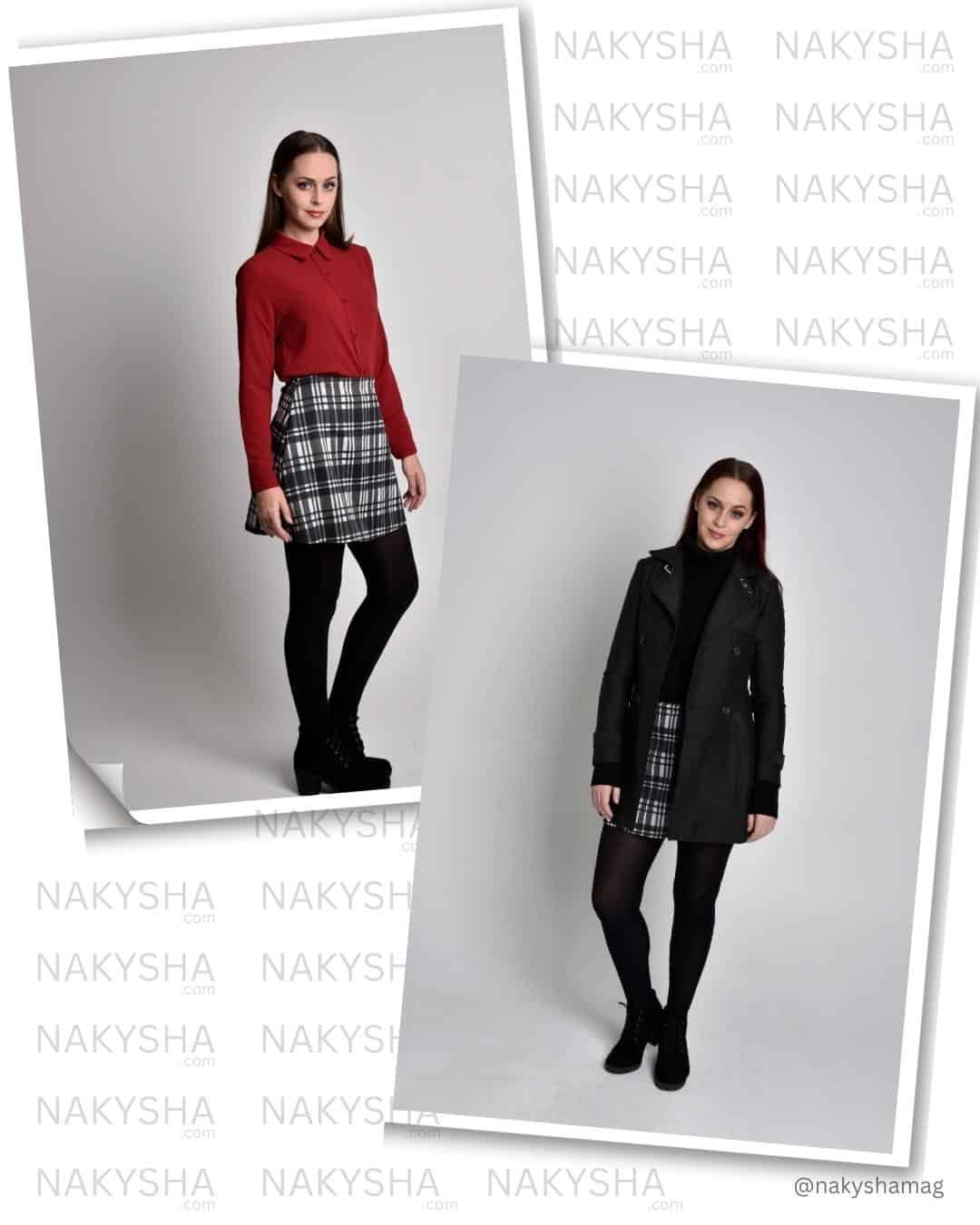
The Academia fashion style is versatile and can be adapted to various settings. It can be worn in professional or academic environments but can also be dressed down for a more casual look. It can also be worn by people of all genders and body types, making it an inclusive and accessible style.
The Academia fashion style has been popularized in recent years by cultural influencers, such as actors, musicians, and social media personalities, who have incorporated elements of the style into their wardrobes. This has helped to make the style more visible and accessible to a broader audience and has contributed to its ongoing popularity.
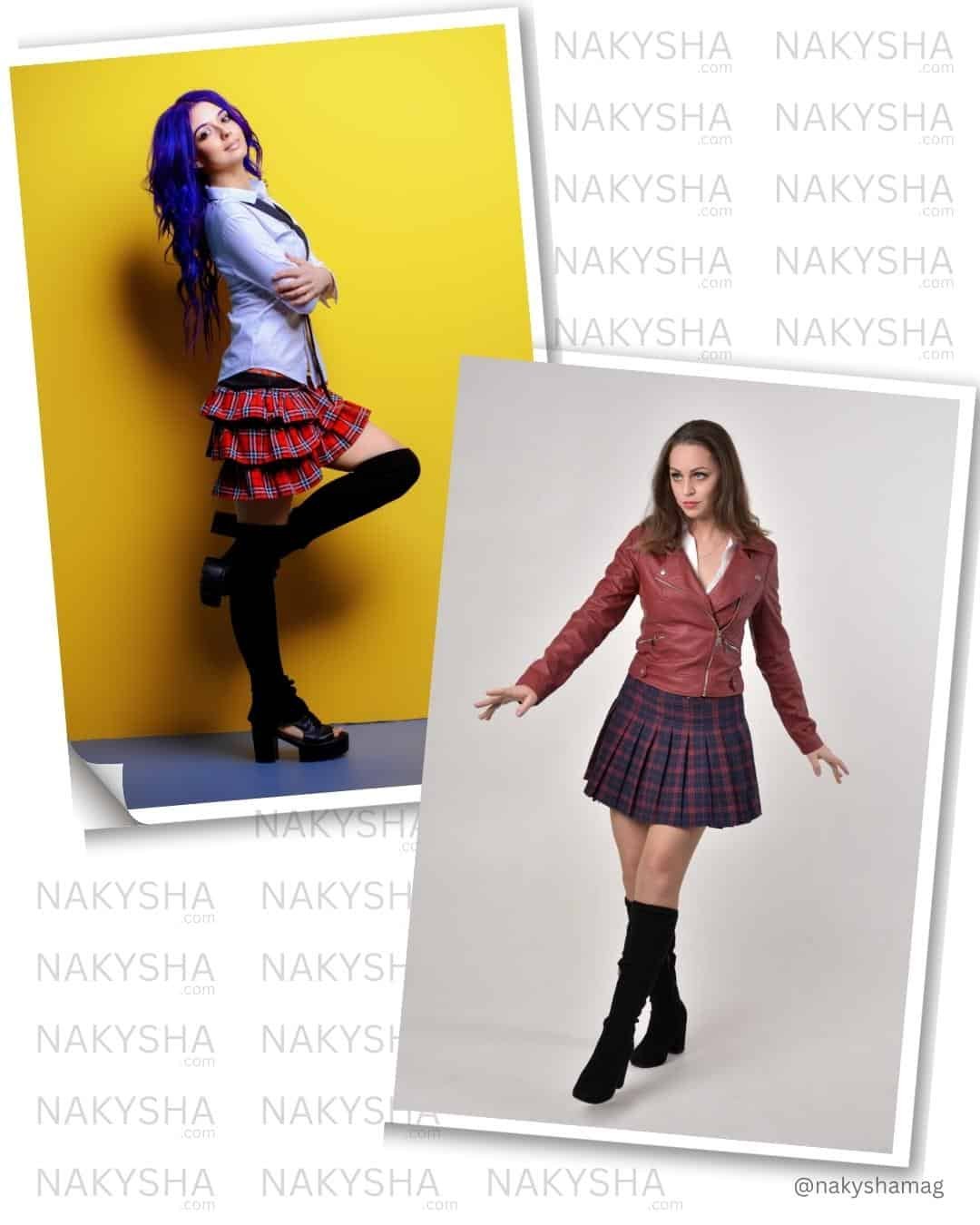
The Academia fashion style is popular because it conveys a sense of intelligence and sophistication, is versatile and adaptable, and has been popularized by cultural influencers.
The Evolution of Academia Fashion
The origins of Academia fashion can be traced back to the Middle Ages when scholars and clerics wore long robes and hoods to symbolize their learned status. These garments were often made from wool or silk and were decorated with fur or velvet trim to indicate the wearer’s rank and position.
During the Renaissance, Academia fashion became more elaborate and was influenced by the dress of European nobility. Scholars began to wear gowns with voluminous sleeves, elaborate collars, and long, flowing capes. The colors and materials used in Academia fashion also became more varied and decorative.
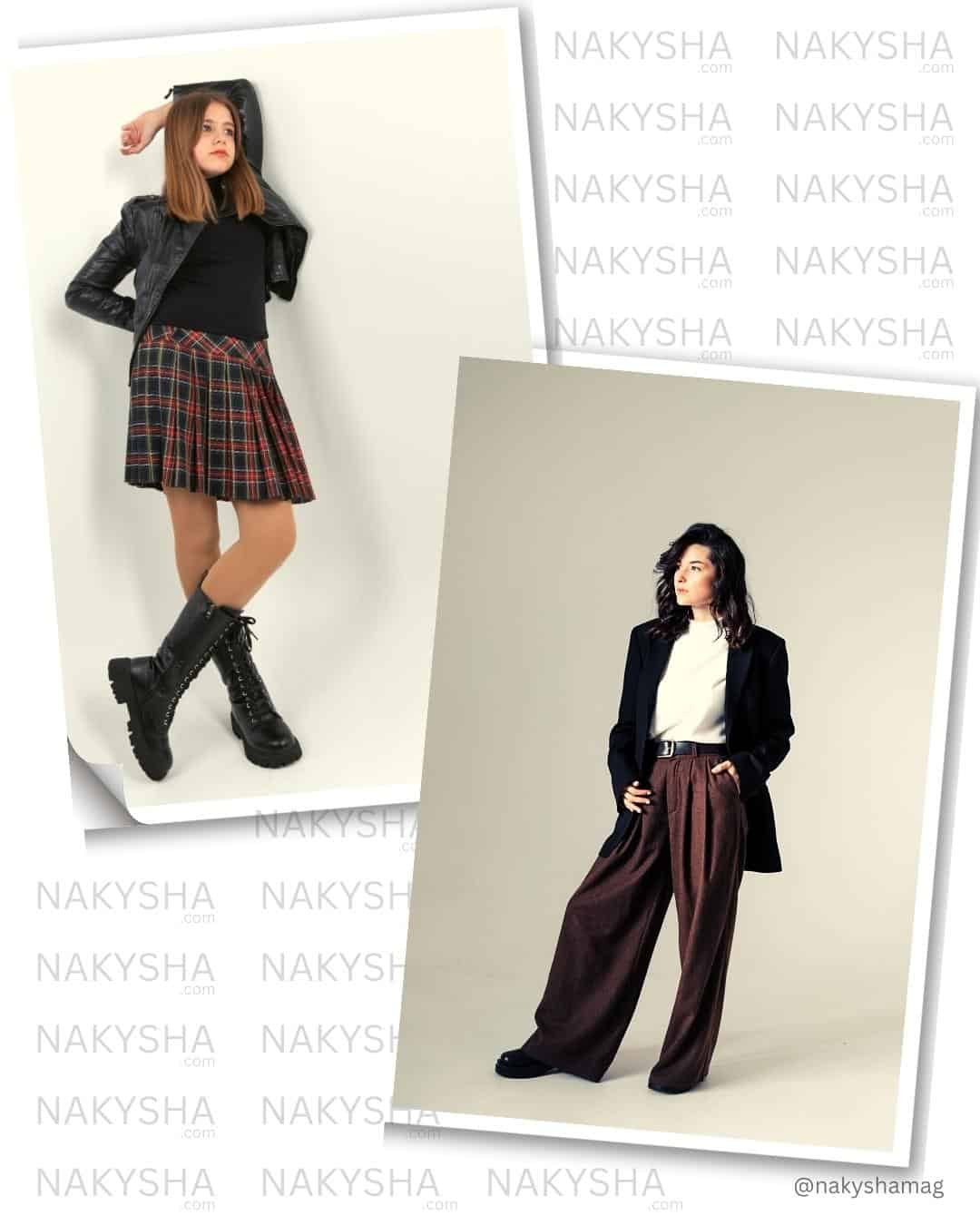
In the 19th and 20th centuries, Academia fashion became standardized and more closely associated with specific academic institutions. This was partly due to the influence of the Oxford and Cambridge Universities, which developed their distinct styles of academic dress. American universities also developed their academic dress traditions, which were influenced by European models.
Today, Academia fashion is still widely used in many countries worldwide, particularly during graduation ceremonies and other academic events. The style and design of academic regalia may vary depending on the country and institution.
What are the Characteristics of Academia Fashion?
Those who feel a connection to the Academia world value understated elegance. The specific characteristics of academic fashion can vary depending on personal preferences, but there are some common characteristics of Academia fashion.
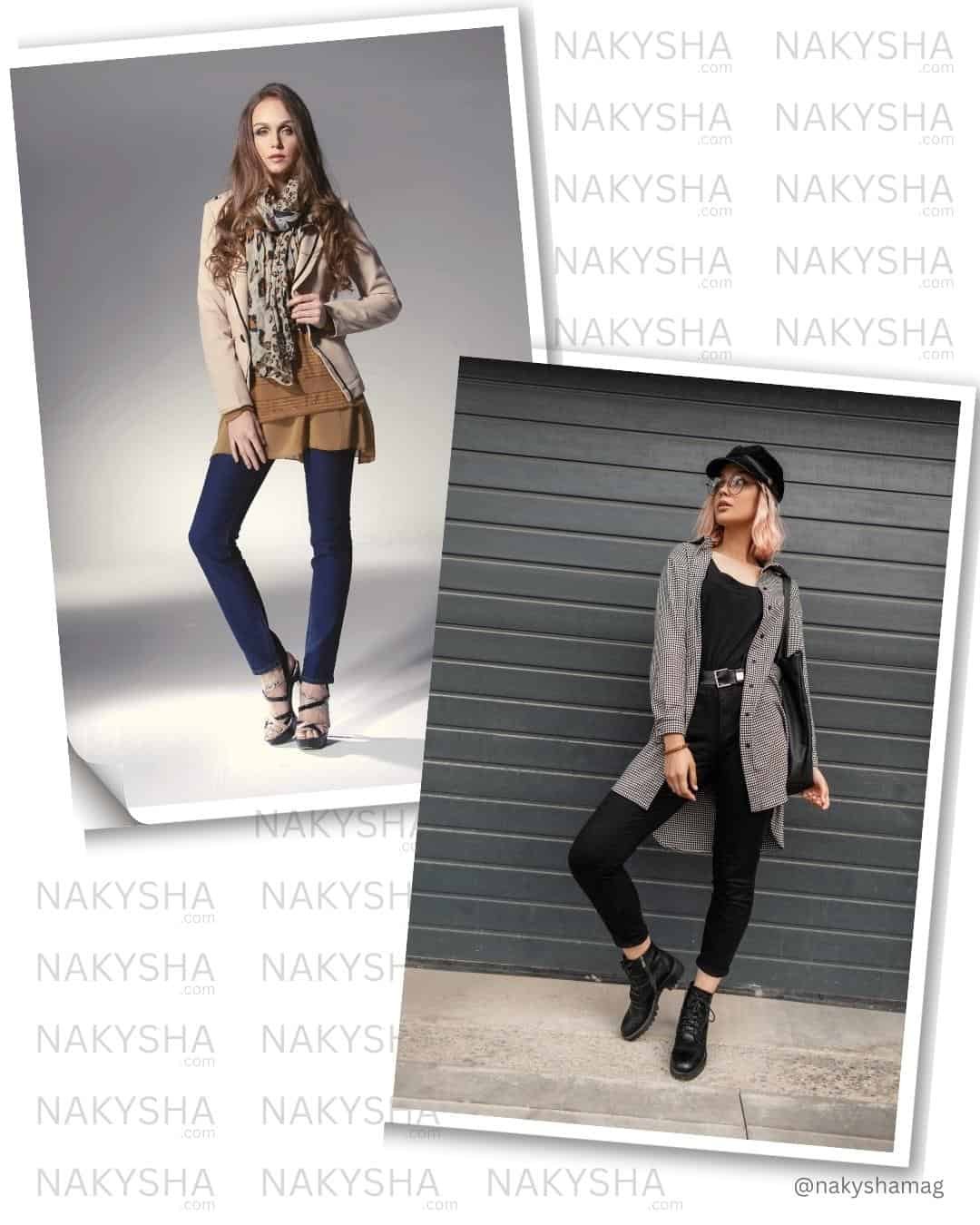
Black turtlenecks, wool/tweed/plaid coats, smart trousers, and ties are standard, as are any other items you might find familiar in Academia fashion.
The dark academic aesthetic incorporates gothic elements, such as a somber color scheme (think lots of greys, browns, and blacks), bleak photography, and existential poetry.
The Colors of Academia Fashion
There is no definitive answer to what the most common colors of Academia fashion are. However, some colors that are often associated with academic fashion include.
- Black – Black is a classic and timeless color often worn by academics, particularly for formal occasions and events.
- Navy – Navy is a versatile and professional color commonly worn by academics, particularly in business settings.
- Grey – Grey is a neutral and understated color often used as a base or accent color in an Academia fashion.
- Brown – Brown is a warm and earthy color often worn in academia, particularly in casual settings.
- White – White is a crisp and clean color commonly worn by academics, particularly in the summer or for more formal occasions.
- Red – Red is a bold and confident color that is sometimes worn by academics to make a statement or express their personality.
- Maroon – Maroon is a rich and deep shade of red often used by universities as an official color, particularly for academic regalia.
- Green – Green is a natural and calming color that is sometimes used in an Academia fashion, particularly for environmental or sustainability-related events.
The most common colors of Academia fashion tend to be neutral, professional, and understated, although there is also room for individual expression and personal style.
How to Dress Academia Style?
Dressing in Academia fashion can vary depending on the particular setting or event, but here are some general tips.
Dress professionally: Academia often requires a level of formality, so it’s important to dress professionally. This could include wearing a suit or dress, dress pants or skirt with a blouse, or a blazer with dress pants.
Stick to neutral colors: Neutral colors like black, navy, gray, and white are safe bets for academic dress. These colors are professional and won’t draw too much attention away from the content of your work or presentation.
Avoid flashy accessories: In academia, it’s best to keep your accessories minimal and understated. Avoid overly flashy jewelry, loud prints, or overly bright colors.
Wear comfortable shoes: If you are on your feet for long periods, choose shoes that are both professional and comfortable. Avoid wearing heels that are too high or shoes that will cause discomfort.
Dress appropriately for the occasion: Depending on the event or setting, you may need to dress more or less formally. For example, a conference may require more formal attire than a casual meeting with colleagues.
It’s essential to dress in a way that is both professional and comfortable for you. Pay attention to the expectations of the academic setting or event, and adjust your dress accordingly.
Academia Fashion Outfits
Academia fashion outfits can vary depending on the individual’s style. However, here are some examples of classic Academia fashion outfits.
The Blazer and Dress Pants/Skirt: This outfit is a classic choice for academic settings. Choose a well-tailored blazer in a neutral color like black, navy, or gray, and pair it with dress pants or a pencil skirt. You can add a blouse or button-down shirt underneath for a complete look.
The Tweed Jacket and Jeans: For a more casual Academia fashion look, you can pair a tweed or herringbone jacket with jeans or chinos. Add a simple t-shirt or blouse and comfortable shoes to complete the look.
The Midi Dress: A midi dress is a versatile option for Academia fashion, as it can be dressed up or down depending on the occasion. Choose a dress with a modest neckline and hemline, and pair it with flats or low heels for comfort.
The Cardigan and Trousers: A cardigan is a comfortable and practical option for academia fashion. Choose a classic style in a neutral color, and pair it with tailored trousers and comfortable shoes.
The Turtleneck and Skirt: A sweater is a cozy and stylish option for academia fashion. Choose a classic style in a neutral color, and pair it with a pencil skirt and knee-high boots for a chic look.
Academia Fashion Makeups
Academia fashion makeup is typically understated and natural-looking, focusing on enhancing your natural features without drawing too much attention away from your work or presentation. Here are some tips for achieving an Academia fashion makeup look.
Prep your skin: Start with a clean and moisturized face. Apply a primer to help your makeup stay in place and even your skin tone.
Keep your foundation light: Use a light-coverage foundation or tinted moisturizer that matches your skin tone. Blend it well to achieve a natural-looking finish.
Define your brows: Use a brow pencil or powder to fill in any gaps in your brows and define their shape. Keep it natural-looking by using light, feathery strokes.
Apply subtle eye makeup: Choose a neutral eyeshadow in a matte or satin finish, and apply it to your lid and crease. You can also apply a thin line of eyeliner to your upper lash line for definition. Finish with a coat of mascara.
Use a natural blush: Apply a subtle blush to the apples of your cheeks, using a light hand to avoid a heavy-handed look.
Choose a natural lip color: Use a lip color close to your natural lip shade, or apply a clear lip balm to keep your lips moisturized.
Set your makeup: Finish by setting your makeup with a setting spray or powder to help it stay in place throughout the day.
Academia fashion makeup should be natural-looking and enhance your natural features. Avoid heavy makeup or bold colors that may be too distracting or take away from your work or presentation.
Academia Fashion Hairstyles
Academia fashion hairstyles are typically classic and sophisticated but can vary depending on personal style and hair type. Here are some examples of academia fashion hairstyles.
The Low Bun: A classic low bun is a simple and elegant choice for academia fashion. It’s easy to achieve and works well for all hair types. You can add a hair accessory like a headband or barrette for extra interest.
The Sleek Ponytail: A sleek, low ponytail is another classic academia fashion hairstyle. Use a smoothing serum or gel to tame any flyaways, and tie your hair back into a low ponytail.
The Half Up/Half Down Style: This hairstyle combines the sophistication of a bun with the ease of a ponytail. Simply gather the top half of your hair and secure it into a bun, leaving the bottom half down.
The French Twist: A French twist is a chic and timeless hairstyle that works well for formal academic events. Brush your hair back, twist it into a roll, and secure it with hairpins.
The Side Braid: A side braid is a relaxed yet elegant hairstyle for Academia fashion. Create a low side part, and braid your hair to one side.
Academia fashion hairstyles should be classic, polished, and professional. Avoid hairstyles that are too trendy or distracting, and choose a style that makes you feel comfortable and confident.
Academia Fashion Accessories
Academia fashion accessories are typically classic and sophisticated, with a focus on functionality as well as style. Here are some examples of Academia fashion accessories.
Watches: A classic watch is a must-have accessory for Academia fashion. Look for a watch with a leather strap and a simple face for a timeless look.
Scarves: Scarves can add interest and sophistication to an Academia fashion outfit. Look for scarves in silk or lightweight fabrics, and choose neutral or classic patterns like stripes or polka dots.
Tote Bags: A sturdy tote bag is a practical accessory for carrying your books, laptop, and other academic essentials. Look for a bag in a neutral color, like black or brown, with enough compartments to keep everything organized.
Statement Necklaces: A statement necklace can add interest to a simple Academia fashion outfit. Look for necklaces in classic materials like gold or silver, and choose a simple yet striking design.
Glasses: Glasses are both a practical and fashionable accessory for Academia fashion. Choose frames that flatter your face shape and complement your style.
Belts: A classic leather belt can add structure and sophistication to an Academia fashion outfit. Look for belts in neutral colors like black or brown, and choose a simple yet well-made design.
Shoes: Comfortable yet stylish shoes are an essential part of Academia fashion. Look for loafers, oxfords, or low-heeled boots in classic materials like leather or suede.

